Home>Technology>Home Entertainment Systems>What Is Gain In A Projector Screen


Home Entertainment Systems
What Is Gain In A Projector Screen
Modified: October 21, 2024
Gain in a projector screen affects image brightness and quality. Learn how to choose the right gain for your home entertainment system.
(Many of the links in this article redirect to a specific reviewed product. Your purchase of these products through affiliate links helps to generate commission for Storables.com, at no extra cost. Learn more)
Introduction
Welcome to the immersive world of home entertainment systems, where the magic of cinema comes to life within the comfort of your own home. As technology continues to advance, the experience of watching movies, playing video games, or enjoying multimedia presentations has been revolutionized by the introduction of high-quality projector screens. These screens play a pivotal role in delivering stunning visuals, and one of the key factors that significantly impacts their performance is the concept of gain.
Understanding gain is essential for anyone seeking to optimize their home theater experience, as it directly influences the brightness and clarity of projected images. In this article, we will delve into the intricacies of gain in projector screens, exploring its significance and the various types available. Whether you are a seasoned home entertainment enthusiast or a newcomer to the world of projectors, this guide will provide valuable insights to help you make informed decisions when selecting a projector screen for your personal or professional space.
So, let's embark on a journey to unravel the mysteries of gain and discover how it can elevate the visual prowess of your home entertainment system.
Key Takeaways:
- Gain in projector screens determines how bright and clear the images appear. High gain screens are great for bright rooms, while unity gain screens maintain balanced brightness in controlled environments.
- When choosing a projector screen, consider the ambient light, projector brightness, seating arrangement, and color accuracy to ensure the best visual experience for your home entertainment system.
Read more: What Color Is Best For Projector Screen
Understanding Gain
Gain, in the context of projector screens, refers to the measure of the screen’s reflectivity in relation to the angle of incoming light. It determines how effectively the screen reflects light back to the viewers, thereby influencing the perceived brightness and clarity of the projected images. The concept of gain is particularly crucial in environments where controlling ambient light is challenging, as it directly impacts the screen’s ability to combat external light sources and maintain image integrity.
When light from a projector strikes the screen’s surface, the amount of light reflected back towards the viewers is determined by the screen’s gain. A higher gain indicates greater reflectivity, resulting in increased brightness and enhanced image visibility. Conversely, a lower gain signifies reduced reflectivity, which can be advantageous in environments with controlled lighting but may lead to diminished image brightness in spaces with ambient light.
It is important to note that gain is not a one-size-fits-all attribute, and its optimal value depends on various factors, including the projector’s brightness, the ambient light conditions, and the seating arrangement within the viewing space. By comprehending the nuances of gain and its implications, individuals can make informed decisions when selecting a projector screen that aligns with their specific requirements and environmental considerations.
Types of Gain
Gain in projector screens is typically categorized into two primary types: high gain and unity gain, each offering distinct advantages based on specific viewing environments and requirements.
- High Gain Screens: High gain screens are designed to maximize the reflectivity of projected light, making them ideal for spaces with ambient light or where the projector’s brightness is relatively low. These screens are characterized by their ability to intensify the brightness of projected images, resulting in enhanced visibility and improved image clarity, especially in environments with competing light sources. High gain screens are well-suited for applications such as conference rooms, classrooms, and venues with limited light control, where maintaining image brightness is paramount.
- Unity Gain Screens: Unity gain screens, also known as 1.0 gain screens, are engineered to maintain a balanced distribution of projected light, diffusing it uniformly across the viewing area. These screens do not amplify the brightness of the projected images but rather preserve the projector’s original brightness levels without directional bias. Unity gain screens are optimal for dedicated home theaters or spaces with controlled lighting, where the emphasis is on achieving accurate color representation and minimizing hotspotting or specular reflections. They are well-suited for environments where ambient light can be effectively managed, allowing for a more natural and consistent viewing experience.
Understanding the characteristics and applications of high gain and unity gain screens empowers individuals to select the most suitable option based on their specific viewing requirements and environmental conditions. By considering the ambient light, projector specifications, and intended usage scenarios, individuals can make informed choices to optimize the visual performance of their projector screens.
When considering gain in a projector screen, remember that a higher gain value means more light is reflected back to the audience, resulting in a brighter image. However, a higher gain can also lead to a narrower viewing angle, so consider the viewing environment when choosing a screen.
Importance of Gain in Projector Screens
The significance of gain in projector screens extends beyond mere technical specifications, playing a pivotal role in shaping the overall viewing experience and visual performance. By understanding the importance of gain, individuals can make informed decisions when selecting projector screens, ensuring that they align with the specific requirements of their viewing environments and intended applications.
One of the primary aspects that underscores the importance of gain is its influence on image brightness and clarity. In environments where ambient light poses a challenge, such as conference rooms, classrooms, or living spaces with large windows, high gain screens prove invaluable. These screens effectively combat ambient light by intensifying the brightness of projected images, ensuring that visual content remains vivid and discernible even in well-lit settings. This capability enhances the versatility of projector screens, enabling them to deliver compelling visual experiences across a diverse range of environments.
Conversely, unity gain screens are essential for dedicated home theaters or spaces where lighting can be meticulously controlled. By preserving the original brightness levels without directional bias, unity gain screens facilitate an immersive viewing experience characterized by accurate color representation and minimized distortions. This is particularly advantageous for cinephiles and enthusiasts seeking to replicate the cinematic experience within their personal spaces, where image quality and consistency are paramount.
Furthermore, the importance of gain extends to the overall efficiency of projector systems. By selecting screens with appropriate gain characteristics, individuals can optimize the performance of their projectors, ensuring that the projected images align with their intended visual impact. This not only enhances the viewing experience but also contributes to the longevity and effectiveness of the entire home entertainment system.
Ultimately, the importance of gain in projector screens lies in its ability to tailor visual performance to specific viewing environments, applications, and user preferences. By recognizing the impact of gain on image brightness, clarity, and overall viewing experience, individuals can make well-informed choices when selecting projector screens, thereby maximizing the potential of their home entertainment systems.
Factors to Consider When Choosing Gain
When embarking on the journey of selecting a projector screen, several crucial factors come into play, each influencing the choice of gain to optimize the visual performance within a given environment. By carefully considering these factors, individuals can make informed decisions that align with their specific requirements and enhance their overall viewing experiences.
- Ambient Light Conditions: The ambient light present in the viewing environment significantly impacts the choice of gain. In spaces with abundant natural or artificial light, high gain screens prove beneficial by intensifying image brightness and combating the effects of ambient light. Conversely, in controlled lighting environments, unity gain screens excel in preserving balanced brightness levels without amplification, ensuring consistent visual quality.
- Projected Image Brightness: The brightness output of the projector itself is a critical consideration when choosing gain. Projectors with lower brightness may benefit from high gain screens to compensate for reduced luminance in environments with ambient light. Conversely, projectors with ample brightness may pair well with unity gain screens, preserving the projector’s original brightness levels without additional amplification.
- Viewing Angle and Seating Arrangement: The viewing angle and seating layout within the space play a role in determining the optimal gain. High gain screens are designed to maintain image brightness and clarity across wider viewing angles, making them suitable for venues with diverse seating arrangements. Unity gain screens, on the other hand, offer consistent image distribution without directional bias, ideal for environments with fixed or centralized seating configurations.
- Color Accuracy and Hotspotting: For applications where color accuracy and minimizing hotspotting are paramount, unity gain screens are preferred. These screens maintain uniform light diffusion, reducing the risk of color distortion and specular reflections, thereby enhancing the overall visual fidelity of the projected images.
By carefully evaluating these factors, individuals can make informed decisions when choosing the appropriate gain for their projector screens. This thoughtful consideration ensures that the selected screens align with the specific requirements of the viewing environment, optimizing image quality and enhancing the overall visual experience.
Read more: What Material Is Best For A Projector Screen
Conclusion
As we conclude our exploration of gain in projector screens, it becomes evident that this seemingly technical aspect holds profound implications for the visual performance and overall viewing experience within home entertainment systems. Gain serves as a critical determinant of image brightness, clarity, and adaptability to diverse viewing environments, making it a pivotal consideration when selecting projector screens.
By understanding the nuances of gain and its impact on visual performance, individuals can make informed decisions that align with their specific requirements and environmental conditions. Whether it involves opting for high gain screens to combat ambient light in dynamic settings or selecting unity gain screens to preserve color accuracy and consistency in controlled environments, the choice of gain significantly shapes the immersive potential of home entertainment systems.
Furthermore, the significance of gain extends beyond technical specifications, resonating with the fundamental desire for captivating and immersive visual experiences. It underscores the intricate balance between technology and human engagement, where the right choice of gain empowers individuals to create compelling and tailored visual environments within their personal spaces.
As technology continues to evolve and redefine the boundaries of home entertainment, the concept of gain remains a timeless cornerstone in optimizing visual performance. By embracing the multifaceted implications of gain, individuals can elevate the capabilities of their projector screens, unlocking the full potential of their home entertainment systems and embarking on captivating visual journeys within the comfort of their own homes.
In essence, gain in projector screens embodies the convergence of technical precision and experiential excellence, offering a gateway to immersive visual storytelling and transformative cinematic encounters. It is a testament to the enduring pursuit of enhancing visual experiences, where every choice of gain becomes a deliberate step towards crafting captivating and personalized home entertainment spaces.
Frequently Asked Questions about What Is Gain In A Projector Screen
Was this page helpful?
At Storables.com, we guarantee accurate and reliable information. Our content, validated by Expert Board Contributors, is crafted following stringent Editorial Policies. We're committed to providing you with well-researched, expert-backed insights for all your informational needs.
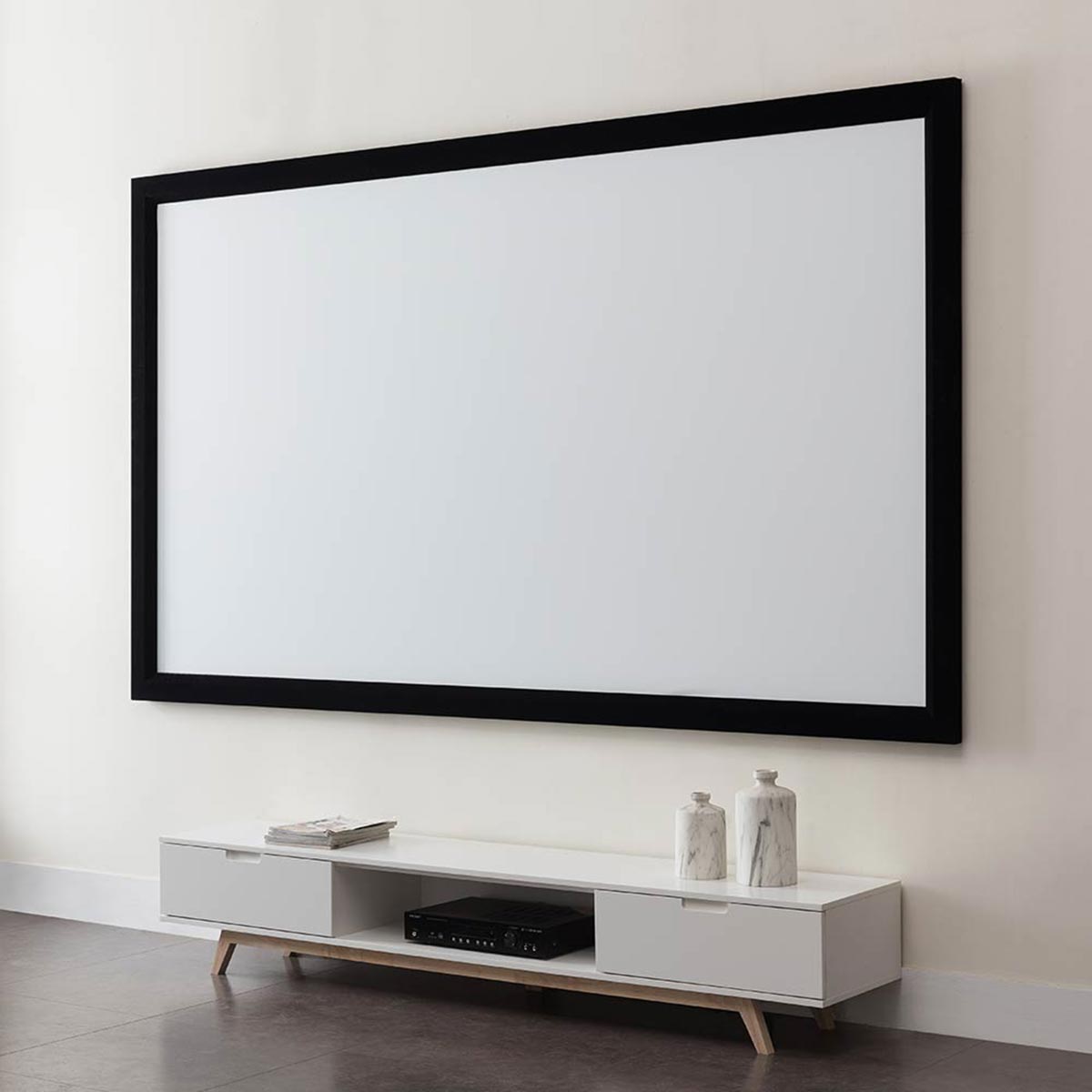
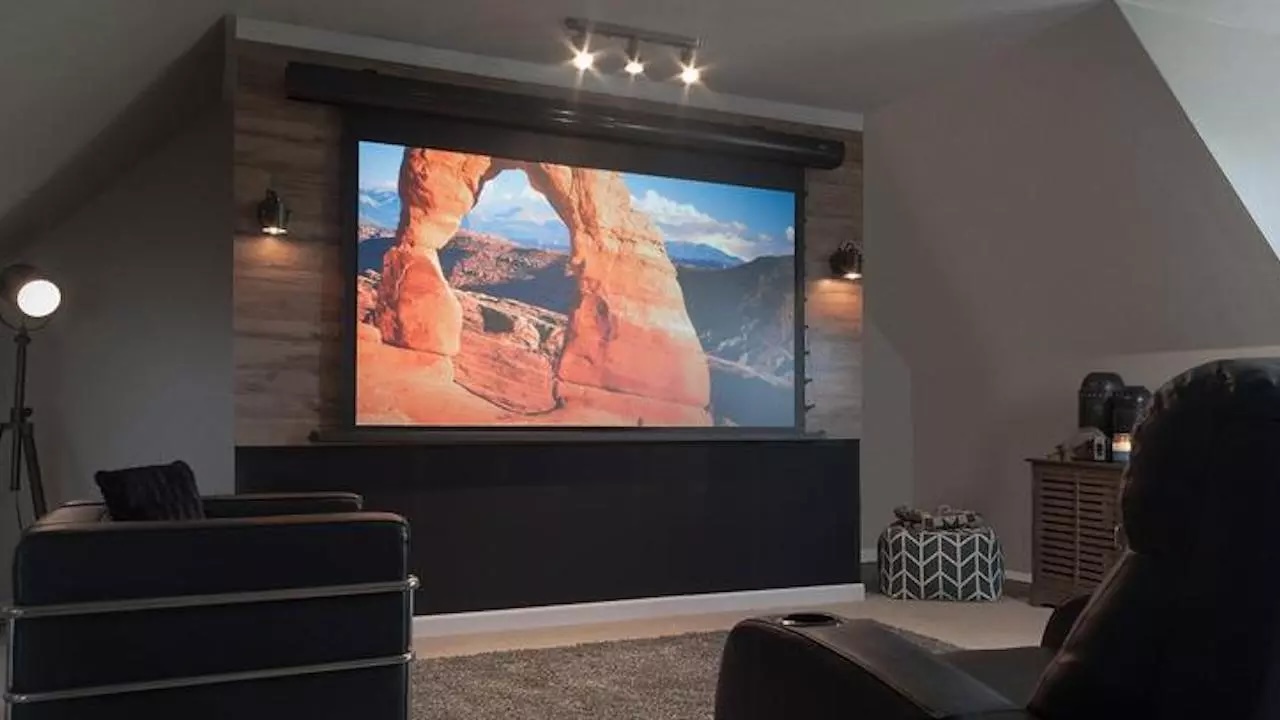
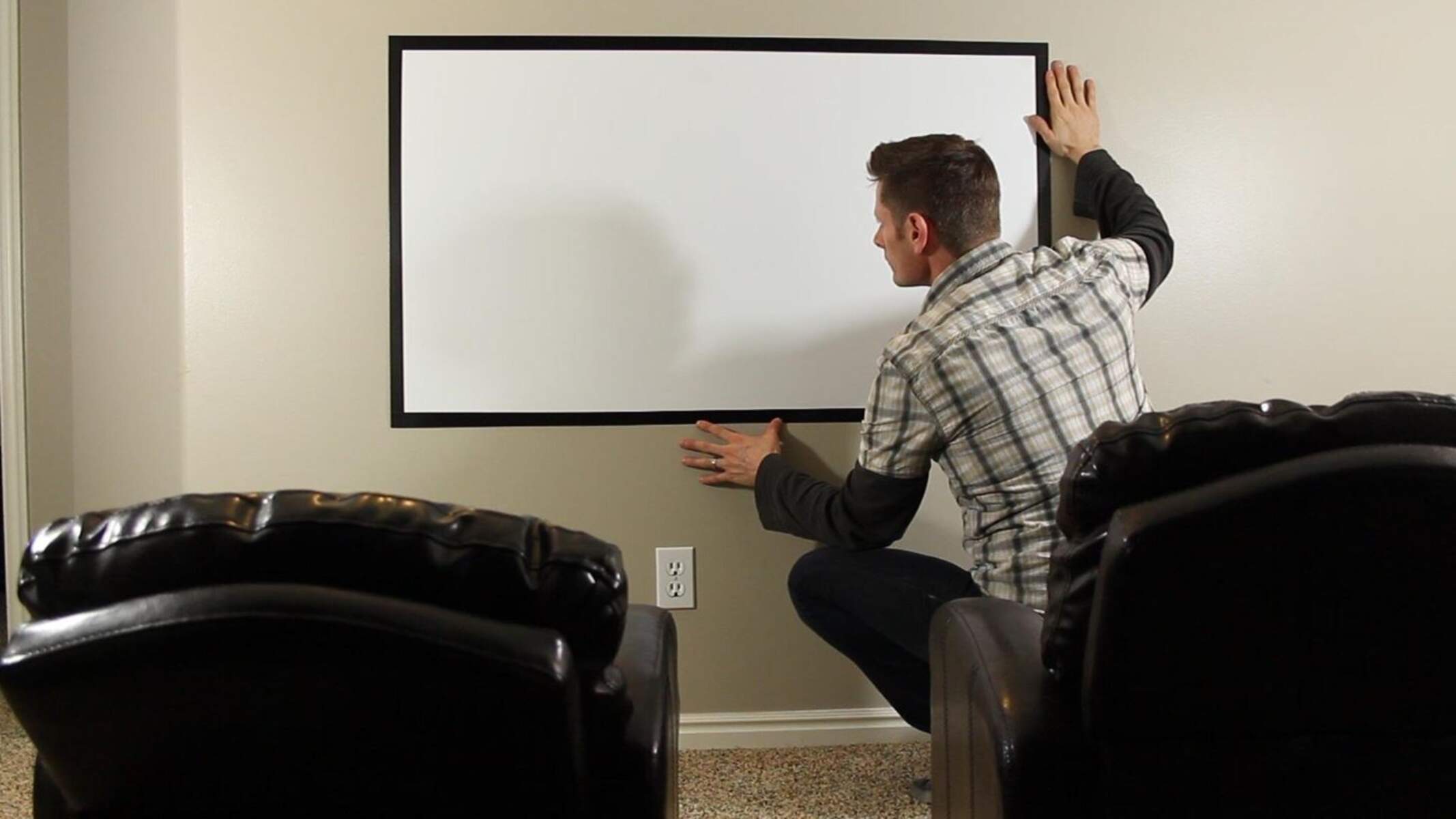

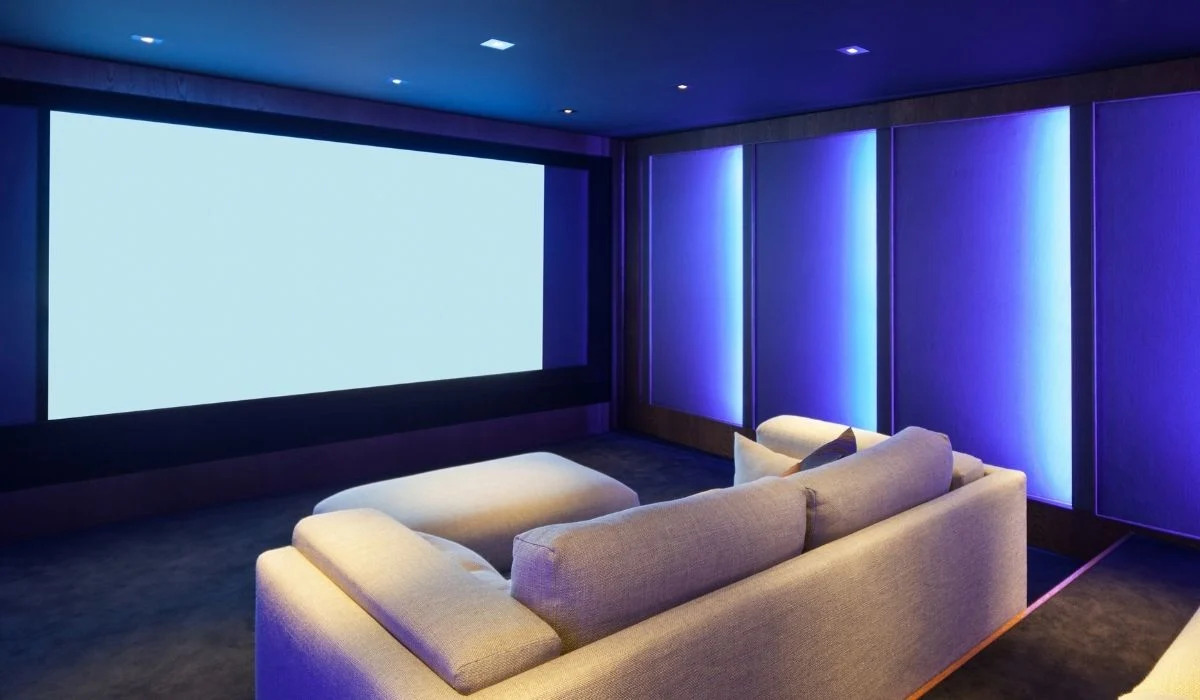


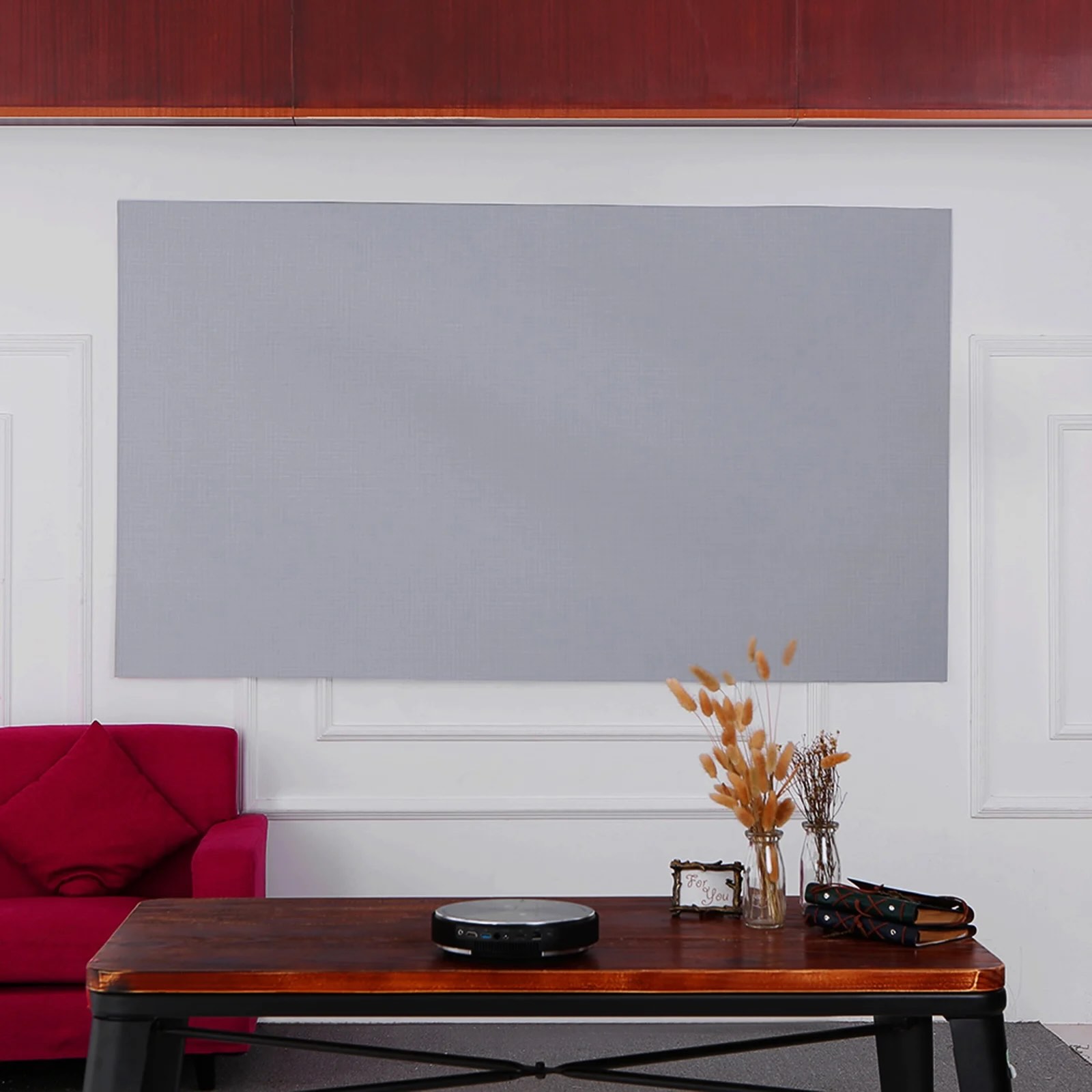

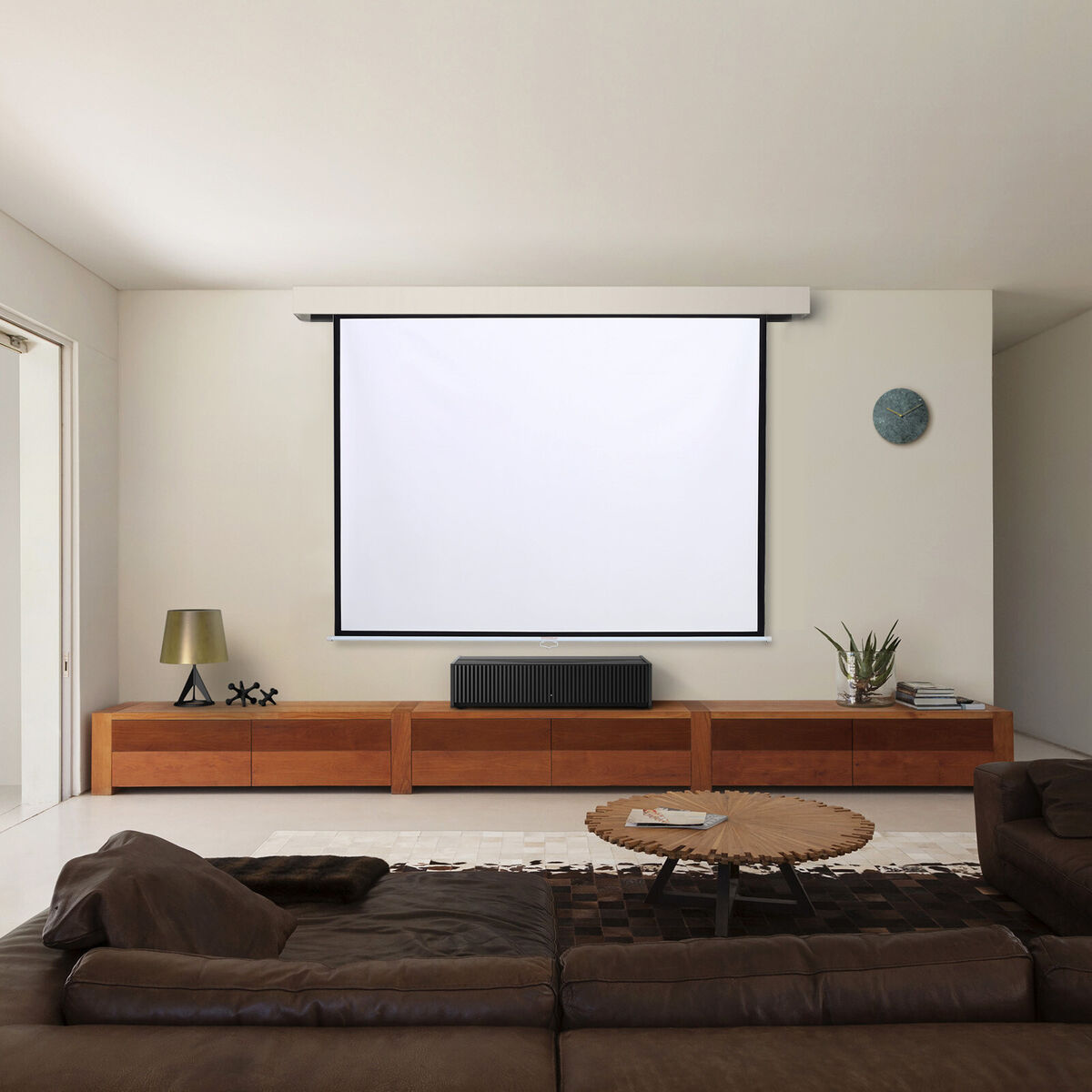


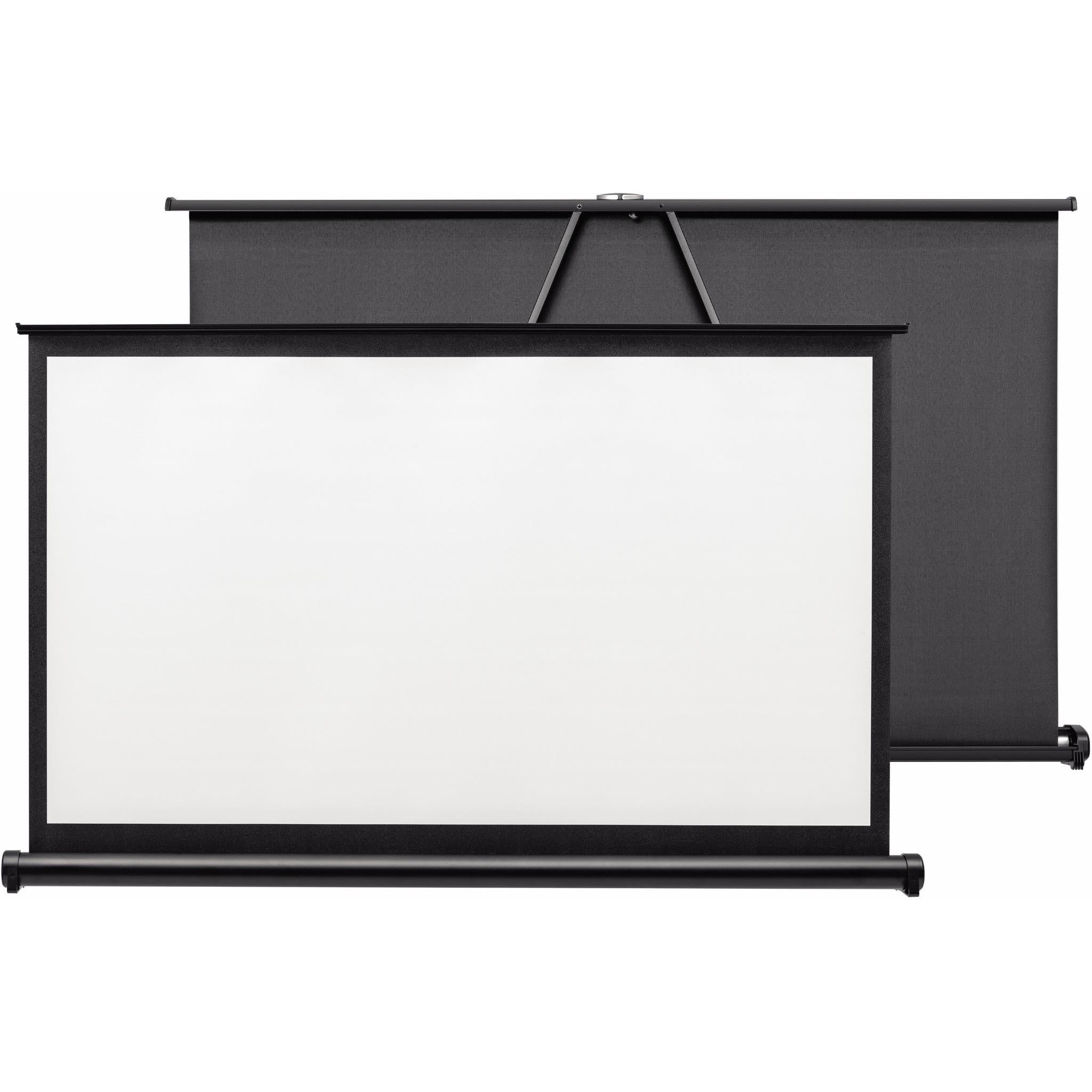


0 thoughts on “What Is Gain In A Projector Screen”